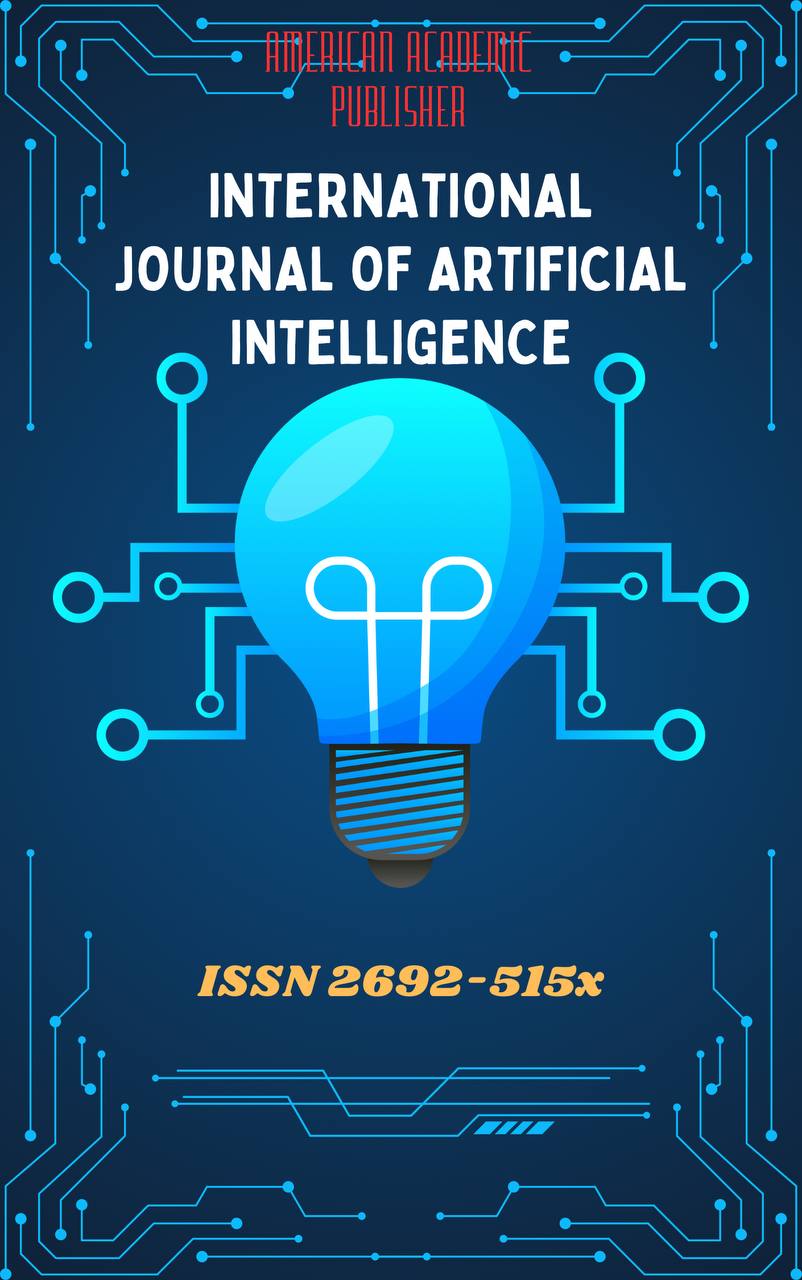 Articles
| Open Access |
Articles
| Open Access | ALLERGIC RHINITIS AND ITS IMPACT ON THE RESPIRATORY
Rustamova Muharramoy Valijon kizi, Ahmadaliyeva Muyassar Tohirjonovna , Andijon branch of Kokand UniversityAbstract
Allergic rhinitis (AR) is a chronic inflammatory disorder of the nasal mucosa, induced by immunoglobulin E (IgE)-mediated hypersensitivity reactions to airborne allergens such as pollen, dust mites, animal dander, and mold spores. It is a highly prevalent condition worldwide, with significant implications for both individual health and public well-being. The pathophysiology of AR involves the activation of mast cells and basophils, leading to the release of histamine, leukotrienes, and other inflammatory mediators. These processes cause classical symptoms such as nasal congestion, rhinorrhea, sneezing, itching, and watery eyes. Beyond local manifestations, allergic rhinitis exerts profound effects on the respiratory system as a whole.
One of the most notable impacts of AR is its association with lower airway diseases, particularly asthma. Studies have demonstrated that patients with untreated or poorly managed AR are at increased risk of developing asthma, indicating a strong pathophysiological link between upper and lower airway inflammation. Furthermore, AR contributes to impaired pulmonary function, sleep disturbances, and reduced exercise tolerance. Chronic nasal obstruction may lead to mouth breathing, altering airway mechanics and promoting pharyngeal collapse, which can exacerbate obstructive sleep apnea.
The burden of AR extends to quality of life, cognitive performance, and productivity, given its interference with normal breathing and sleep. Therefore, early diagnosis and comprehensive management are crucial to mitigating its respiratory consequences. Evidence-based strategies include allergen avoidance, pharmacological treatment (antihistamines, intranasal corticosteroids, leukotriene receptor antagonists), and immunotherapy, all of which aim to reduce systemic inflammation and protect respiratory health.
Keywords
Allergic rhinitis, respiratory system, IgE-mediated hypersensitivity, airway inflammation, asthma, pulmonary function, nasal obstruction
References
Bousquet, J., Schünemann, H. J., Togias, A., Erhola, M., Hellings, P. W., Zuberbier, T., ... & Fokkens, W. J. (2020). Next-generation allergic rhinitis and its impact on asthma (ARIA) guidelines for allergic rhinitis based on Grading of Recommendations Assessment, Development and Evaluation (GRADE) and real-world evidence. Journal of Allergy and Clinical Immunology, 145(1), 70–80. https://doi.org/10.1016/j.jaci.2019.06.049
Braunstahl, G. J., & Hellings, P. W. (2021). Allergic rhinitis and asthma: The link further examined. Current Opinion in Pulmonary Medicine, 27(1), 23–28. https://doi.org/10.1097/MCP.0000000000000749
Durham, S. R., Emminger, W., Kapp, A., de Monchy, J. G., Rak, S., Scadding, G. K., ... & Dahl, R. (2019). Long-term clinical efficacy in grass pollen–induced rhinoconjunctivitis after treatment with SQ-standardized sublingual immunotherapy tablet. Journal of Allergy and Clinical Immunology, 133(1), 88–95. https://doi.org/10.1016/j.jaci.2013.06.020
Meltzer, E. O., Blaiss, M. S., Derebery, M. J., Mahr, T. A., Gordon, B. R., Sheth, K. K., ... & Boyle, J. M. (2020). Burden of allergic rhinitis: Allergies in America, Latin America, and Asia-Pacific adult surveys. Allergy and Asthma Proceedings, 41(5), 293–304. https://doi.org/10.2500/aap.2020.41.200053
Pawankar, R., Canonica, G. W., Holgate, S. T., & Lockey, R. F. (2019). Allergic diseases and asthma: A major global health concern. World Allergy Organization Journal, 12(1), 100066. https://doi.org/10.1016/j.waojou.2019.100066
Seidman, M. D., Gurgel, R. K., Lin, S. Y., Schwartz, S. R., Baroody, F. M., Bonner, J. R., ... & Tunkel, D. E. (2020). Clinical practice guideline: Allergic rhinitis. Otolaryngology–Head and Neck Surgery, 162(1_suppl), S1–S41. https://doi.org/10.1177/0194599819891603
Article Statistics
Downloads
Copyright License

This work is licensed under a Creative Commons Attribution 4.0 International License.

